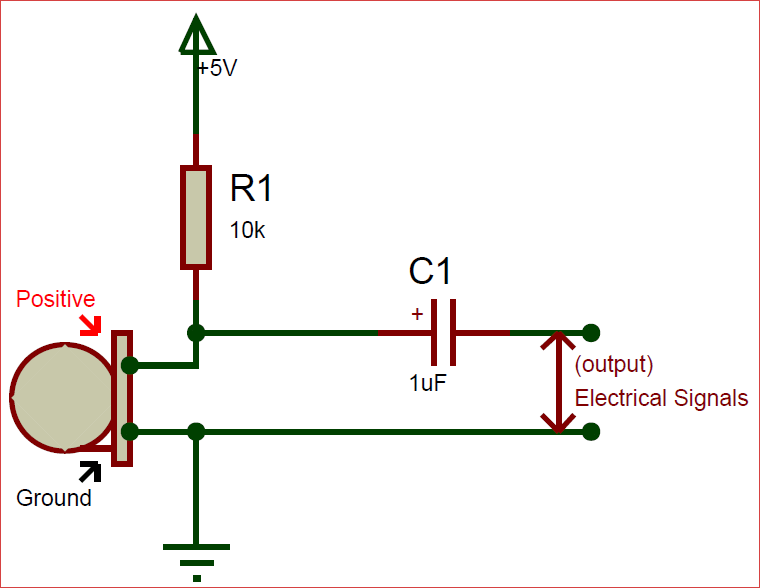Hello I have a set of Konnect Adventure Bluetooth Headphones.
Link Below:
https://a.co/d/ccptfDW
The Microphone on these sits in the left earpiece and is muffled when you speak into it. I imagaine because your ears are covering it. I would like to wire in something like a Boom mic or remote microphone that I can stick in my helmet closer to my mouth.
Example: solder in the extension mic leads with the existing connection or replace the the old mic with the new extension. The wires would push through the existing mic hole and extend out to the front chin area of my helmet where the Mic would be secured with small velcro.
Here are some pictures of the connections inside the headphone. I see 4 wires soldered on but it looks like only 3 are actually connected. Why 3 wires? Power, Ground, Signal???


Link Below:
https://a.co/d/ccptfDW
The Microphone on these sits in the left earpiece and is muffled when you speak into it. I imagaine because your ears are covering it. I would like to wire in something like a Boom mic or remote microphone that I can stick in my helmet closer to my mouth.
Example: solder in the extension mic leads with the existing connection or replace the the old mic with the new extension. The wires would push through the existing mic hole and extend out to the front chin area of my helmet where the Mic would be secured with small velcro.
Here are some pictures of the connections inside the headphone. I see 4 wires soldered on but it looks like only 3 are actually connected. Why 3 wires? Power, Ground, Signal???

